This is one of four units designed to be delivered at any, or all three of the stages of Primary school. Through exploration of the topic ‘Carnival’, children at EYFS can develop ‘Building Blocks’ of knowledge and understanding in key areas that will help equip them to make sense of the challenging history of transatlantic slavery later in their schooling. Explore the unit’s ‘Learning Objectives’ to understand how this unit prepares children for approaching this history. The topic has been designed to also deliver key components of the EYFS curriculum.
Children in this unit learn about, plan and stage their own carnival. In doing so they explore some of the historical and cultural significance of carnival in Britain today. Children at EYFS will use the unit as a platform to learn about African, Caribbean and South American culture and how and why it has a strong influence in UK society today. As the children progress trough to Key Stage 2, the unit provides a creative and non-threatening entry into learning about the history and legacies of transatlantic slavery.
The unit is structured around a learning cycle and offers teachers a topic that can be tailored according to the needs and interests of the class and teacher.
Stage 1: Entry Activity
Carnival
Children are introduced to ‘carnival’ through images, video clips, music and stories to establish an understanding of what it is (context of UK carnivals eg. Notting Hill; St Paul’s, Leeds). The class (or school) will be staging its own carnival parade and to do this they must find out about carnival, the Caribbean and why we have carnival in the UK.
Teacher Approach
Adult led / supported – drawing out questions from the class such as:
- Why do people celebrate carnival?
- Why do the costumes look like this?
- Where does the tradition come from?
- Who has been to one?
- Why is it held in August?
Big Question: What can we learn about British history from carnival?
Stage 2: Immersion
Children identify their challenge and raise their own questions to investigate. Final challenge is introduced.
Big Question: What can we learn about British history from carnival?
Pupil voice
opportunity for learners to ask questions to direct the enquiry
- Why is carnival part of British culture today?
- Can I see a Caribbean influence in Britain today?
- Why does some Caribbean tradition and culture come from Africa?
- Why are there South American influences in carnival?
- How did African people come to the Caribbean?
- What was Britain’s role in this? Why is this important to our society today?
- How is this history told through carnival?
Teacher Approach
leading the class or dividing into groups to undertake suggested activities
- Using the web and museums to identify the African traditions in carnival
- Working with museum collections to understand the system of transatlantic slavery and its role in African, Caribbean, South American and British history. Placing emphasis on enslaved African resistance and how carnival has roots in this
- Exploring carnival to reveal some of its legacies and impact on our lives today
Stage 3: Have a go
Children use their learning to have a go – activities that allow them to make mistakes and develop skills.
Big Question: What can we learn about British history from carnival?
Pupil voice
opportunity for learners to ask questions to direct the enquiry.
- Why is carnival part of British culture today?
- Can I see a Caribbean influence in Britain today?
- Why does some Caribbean tradition and culture come from Africa?
- Why are there South American influences in carnival?
- How did African people come to the Caribbean?
- What was Britain’s role in this? Why is this important to our society today?
- How is this history told through carnival?
Teacher Approach
leading the class or dividing into groups to undertake suggested activities.
- Working with local artists & musicians to develop costume and music
- Using museum collections to explore the African and South American influence in carnival
- Using collections to discuss the history of transatlantic slavery and its legacy
- Developing ideas for and creating carnival costumes that represent identity, resistance and freedom
Stage 4: The Challenge
Big Question: What can we learn about British history from carnival?
Suggested ‘challenges’ to answer the ‘big question’
Children stage a carnival at school – they make their own costumes based on African, Caribbean and South American themes and compose and play their own music.
The children’s costumes should reflect themes relating to the history of Africa, the Caribbean and South America, identity, resistance and freedom.
Children should prepare a short booklet (or film/web page/wall display) to accompany the carnival which explains the history behind it, using collections to illustrate their understanding of transatlantic slavery and why this history and its legacy is important to Britain today.
Children prove their learning by answering the ‘big question’- adult steps back, children are empowered and supported.
Learning Objectives
Making sense of the history and legacies of transatlantic slavery in Britain today requires first some knowledge and understanding of some key areas. These have been listed in the Building Blocks resource as ‘Learning Objectives’ under the headings
- Africa, the Caribbean and North and South America (the African diaspora)
- Trade Links
- Human Rights
- Identity
Carnival within Britain has come to represent a celebration of Caribbean culture and community. The event has a fascinating history and melds together African, Caribbean, South American and European culture and tradition – the convergence of these cultures was and is a direct result of the transatlantic slave trade. Within enslaved African communities, carnival represented a form of resistance – offering a chance to celebrate forbidden African music and culture and mock the slave ‘masters’ and plantation owners. The costumes, customs and musical traditions in modern day carnival in Britain (eg Notting Hill) and around the world (Trinidad and Tobago; Rio de Janerio) contain many references to transatlantic slavery and resistance.
It is important when children learn the history of transatlantic slavery at Key Stage 3 that they understand the many ways in which African people resisted their enslavement and that there were many forms that this resistance could take – physical, cultural, intellectual and passively. Without this understanding, a study of this history can lead to stereotyping, misunderstanding and, at worst, racist impressions of superiority and inferiority. By learning about carnival, children have a positive context within which to place the distressing details of this history and one which helps them to appreciate both its positive and negative legacies in Britain today.
Beginning with simpler concepts at EYFS, then working through more sophisticated issues at Key Stage 1 and Key Stage 2, completion of this unit will allow children to better understand Africa and its ‘diaspora’, human rights and resistance to their abuses and cultural identity– essential building blocks of knowledge and understanding to make sense of transatlantic slavery. All children will learn this history at Key Stage 3.
USI Carnival ‘Building Blocks’ Learning targets
By completion of this unit at Key Stage 2 children will:
-
Africa, the Caribbean and North and South America (and the African ‘Diaspora’).
- Be able to identify some of the Caribbean islands and North and South American countries on a contemporary map and use their knowledge to describe some of the geographical features, traditions, culture and ways of life in these countries.
- Know why North and South America and the Caribbean has a strong link to Africa and be able to communicate their thoughts and feelings about this history.
- Know how and why Britain has historical connections to these countries that impacted directly on their development and Britain’s, and understand how these connections are reflected within Britain’s diverse society today.
-
Trade Links
- Be able to make links between the history of Britain, Africa, the Caribbean and North and South America to understand why inequalities exist between these countries in terms of trade.
-
Human rights
- Know that people in the world suffer abuses of their human rights and use their knowledge to give examples.
- Be able to give examples of when and how individuals have resisted the infringement of their human rights past and present.
-
Identity
- Know that British society is shaped by a long history of various forms of migration from around the world and be able to give examples of how this has influenced our identity, and how Britain is viewed by other countries.
- Be able to identify some of the direct influences of African, Caribbean and North and South American culture, individual achievement and tradition on British contemporary life and use their knowledge to discuss this.
- Be able to make historical connections between Britain, Africa, the Caribbean and North and South America and use their knowledge to recognise how this history’s legacy has shaped attitudes and values in both negative and positive ways.
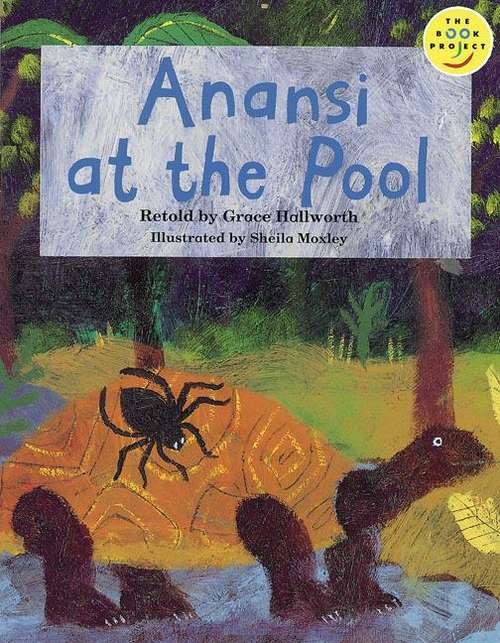
Anansi at the Pool
isbn: 978-0582124141
publisher: Longman Book Project
year: 1994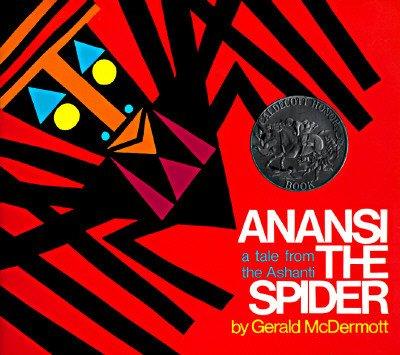
Anansi the Spider – a tale from the Ashanti
isbn: 978-0833513601
publisher: Turtleback Books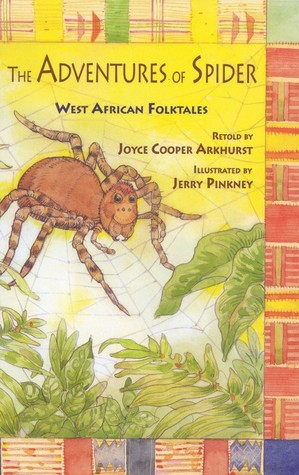
The Adventures of a Spider – West African Folktales
isbn: 978-0316051071
publisher: Little, Brown Books for Young Readers
year: 1992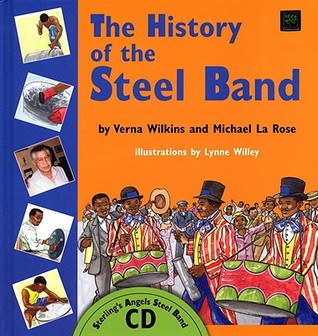
The History of the Steel Band
isbn: 9781870516747
publisher: Tamarind
year: 2006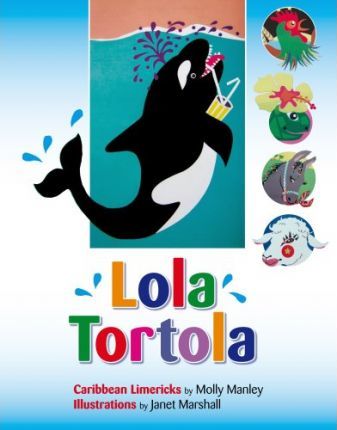
Lola Tortola; Caribbean Limericks
isbn: 9780230731264
publisher: MacMillan
year: 2009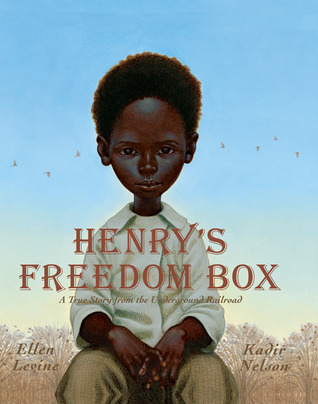
Henry’s Freedom Box; A True Story from the Underground Railroad
isbn: 9780439777339
publisher: Scholastic Press
year: 2007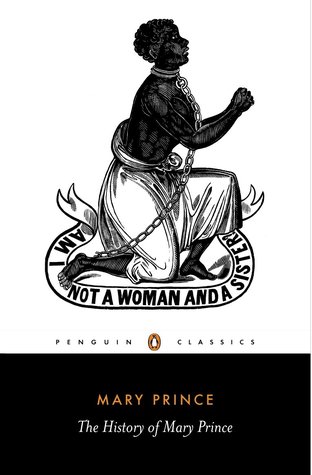
Mary Prince: The History of Mary Prince
isbn: 9780140437492
publisher: Penguin
year: 2017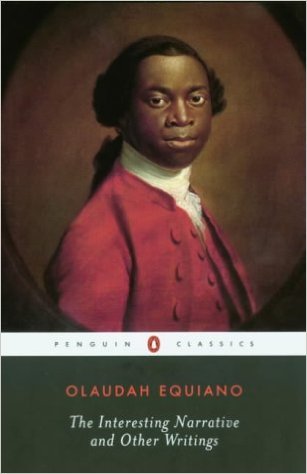
The Interesting Narrative and Other Writings
isbn: 9780142437162
publisher: Penguin Classics
year: 2003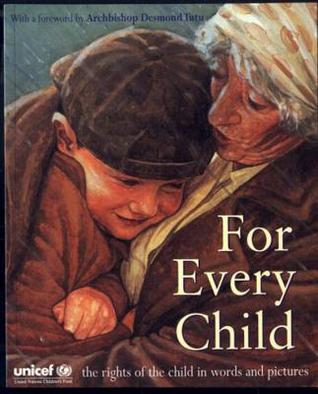
For Every Child
isbn: 9780099408659
publisher: Red Fox
year: 2002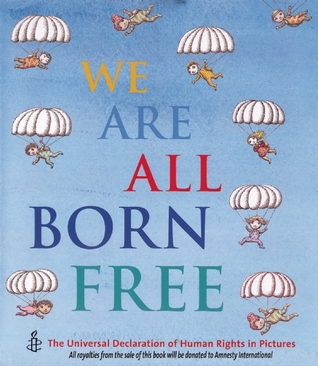
We Are All Born Free: The Universal Declaration of Human Rights in Pictures
isbn: 9781845076504
publisher: Frances Lincoln Children's Books
year: 2008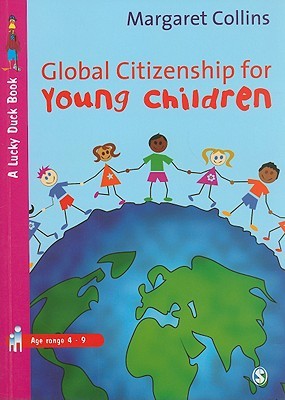
Global Citizenship for Young Children
isbn: 9781412946308
publisher: Sage Publications Ltd
year: 2008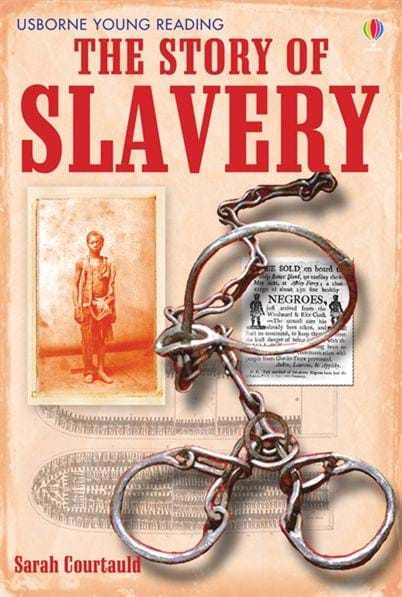
The Story of Slavery
isbn: 978074608752-7
publisher: Usborne